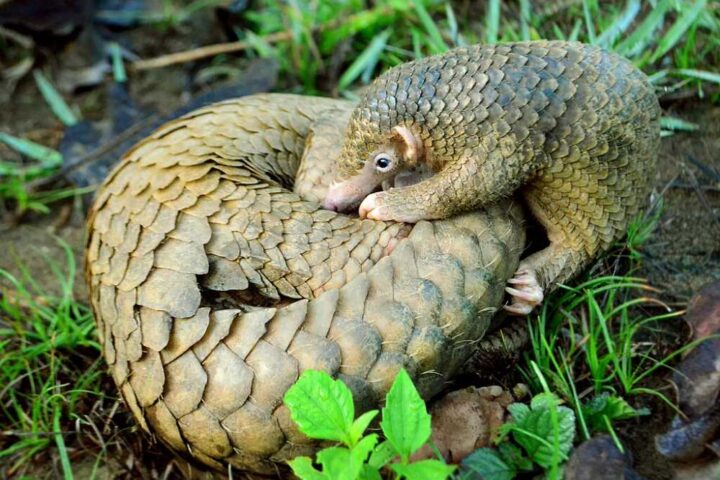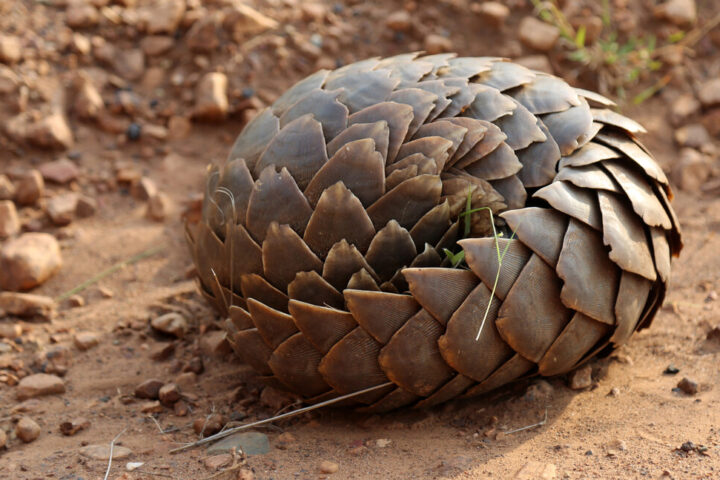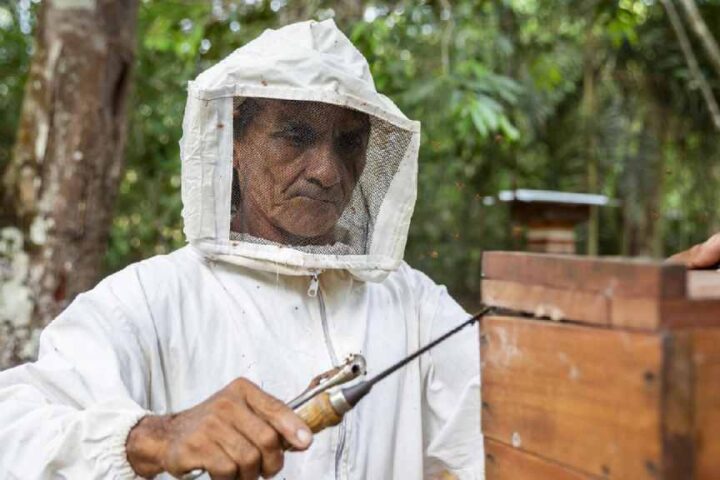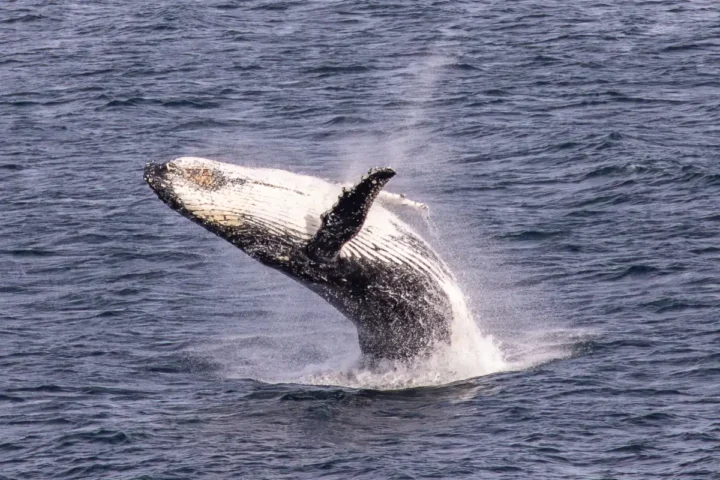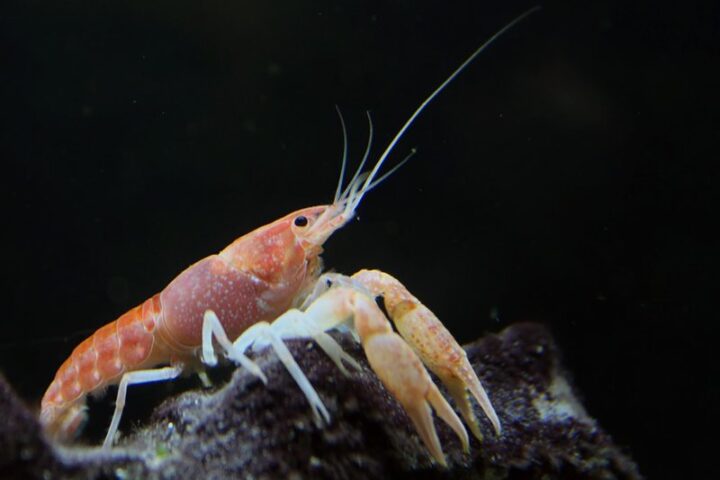In a fight to save one of Oregon’s rarest animals, the Center for Biological Diversity has asked a federal judge to protect threatened coastal martens from large off-road vehicle events in the Oregon Dunes National Recreation Area.
The small coastal marten population, once thought extinct until rediscovered in the 1990s, faces serious threats from off-road vehicle (ORV) use in their dune habitat. With only about 70 martens living in the Oregon Dunes, scientists warn that losing just two or three animals per year could wipe out the entire local population.
“These noisy, out-of-control events wreak havoc on Oregon’s precious martens and the local community,” said Tala DiBenedetto, carnivore conservation staff attorney at the Center. “Off-road vehicles have a place on the Oregon Dunes, but the Forest Service has to protect the key habitat and corridors that these incredibly imperiled little animals need to survive.”
The lawsuit targets the U.S. Forest Service, which manages the recreation area. It claims the agency has failed to implement proper protections for the martens despite knowing the risks posed by ORVs. The legal challenge specifically mentions two major annual events – “UTV Takeover” in June and “DuneFest” in July – that bring thousands of vehicles into marten habitat during sensitive periods when young marten kits depend on their mothers.
These small, shy carnivores belong to the weasel family and grow to about 2 feet long but weigh less than 3 pounds. Their high metabolism requires them to eat one-quarter of their body weight daily, feeding on small mammals, birds, berries, reptiles, and insects.
The lawsuit follows a significant development this May when the U.S. Fish and Wildlife Service designated 1.2 million acres as critical habitat for coastal martens. This designation included nearly 29,000 acres in the Oregon Dunes National Recreation Area – covering almost the entire dunes area.
Similar Posts:
Despite this habitat designation, the Forest Service continues to permit large ORV events. The Center alleges this violates multiple federal laws, including the Endangered Species Act, National Environmental Policy Act, and the Forest Service’s own land management plans.
ORVs harm coastal martens in multiple ways. The noise disturbs these solitary animals, especially during breeding and when raising young. Vehicles can destroy or damage habitat areas critical for denning and resting. There’s also the direct risk of vehicle strikes killing these rare animals.
The Center isn’t seeking to ban all ORV use but wants specific protective measures. These include fencing to protect sensitive marten habitat, noise limits, and potentially capping the number of vehicles allowed in the recreation area.
Not everyone agrees with the lawsuit. Jody Phillips, president of Save the Riders Dunes, has called it “flawed,” highlighting the tension between recreational access and wildlife conservation.
The coastal marten’s story is one of near extinction and fragile recovery. These small carnivores were thought extinct until their rediscovery in northern California in the 1990s. After multiple lawsuits by the Center for Biological Diversity, the U.S. Fish and Wildlife Service finally listed coastal martens as a threatened species in September 2020.
Today, fewer than 400 coastal martens survive across their entire range in Oregon and California, divided into four isolated populations. Their small numbers and isolation make them extremely vulnerable to threats like habitat loss, vehicle strikes, and disturbance from human activities.
The current legal battle represents a critical moment for these rare animals. With so few martens remaining, the decisions made now about managing their habitat could determine whether these elusive forest dwellers will survive or disappear forever from Oregon’s coastal dunes.




